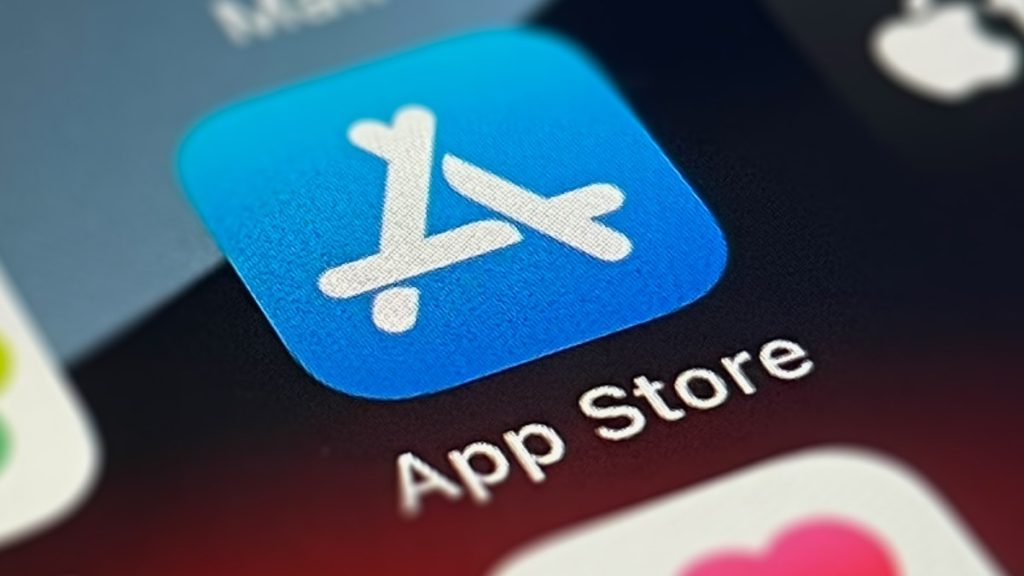The Harsh Reality of Mobile App Monetization: Insights from RevenueCat’s State of Subscription Apps Report
A Glimpse into the Subscription App Landscape
RevenueCat, a leading mobile subscription toolkit provider, recently released its “State of Subscription Apps” report, offering valuable insights into the world of subscription-based mobile applications. With nearly 30,000 apps utilizing RevenueCat’s platform, the report analyzes data from over 29,000 apps and 18,000 developers, collectively generating more than $6.7 billion in tracked revenue and boasting over 290 million subscribers.
The Struggle for Profitability
One of the most striking revelations from the report is the stark disparity in revenue generation among apps. The top 5% of apps earn a staggering 200 times more than the bottom quartile after their first year, while the median monthly revenue for an app after 12 months is a mere $50 USD. Only 17.2% of apps manage to reach $1,000 in monthly revenue, and a mere 3.5% achieve the $10,000 milestone, which is often considered the minimum threshold for indie developers to pursue app development full-time.
Category-Specific Performance
The report also highlights the varying degrees of success across different app categories. Health and fitness apps consistently outperform other categories, generating at least twice as much revenue after a year. On the other hand, travel and productivity apps face the greatest challenges, with even the top 5% of apps in these categories struggling to surpass $1,000 in monthly revenue after a year on the app stores.
Subscription Pricing Trends
RevenueCat’s findings reveal that while the most common monthly subscription price remained steady at $10, the average price increased by 14% from $7.05 to $8.01. Weekly subscription prices saw a slight increase of under 2% to $5.55, while the yearly average decreased marginally from $32.94 to $32.53.

Image Credits: RevenueCat
Regional Differences in Monetization
The report also sheds light on regional variations in app monetization. North America-based apps exhibit four times the monetization of the global average, with a 14-day Realized Lifetime Value (RLTV) of $0.35 compared to the global average of $0.08. Interestingly, Japan and South Korea demonstrate better monetization on Android than iOS, which is an exception to the norm.

Subscriber Retention and Reactivation
Another notable finding from the report is the 14% drop in the share of monthly subscribers retained after 12 months, potentially indicating a shift in consumer spending habits. However, the industry as a whole is not contracting, as evidenced by the increase in the percentage of downloads converting into paying subscribers within the first 30 days. Furthermore, over 10% of churned subscribers are likely to re-subscribe within 12 months, with even higher reactivation rates in categories like Media & Entertainment.
We definitely saw a tightening, which would make sense, because a lot of apps were raising prices — inflation-induced price raises — which then, of course, would lead to people churning as well. Overall, the whole ecosystem seems to have grown pretty well, but there has been some readjustment.

Image Credits: RevenueCat

Image Credits: RevenueCat
Looking Ahead: Predictions for the Subscription App Landscape
RevenueCat’s report also offers predictions for the coming year, anticipating a rise in no-trial subscription plans and increased subscription prices. The firm expects apps to explore a combination of subscription models with other monetization methods, such as non-renewable in-app purchases, ads, partnerships, e-commerce, and affiliate marketing. Additionally, the use of AI is expected to become more prevalent in apps to personalize user experiences. While new regulations may introduce new choices, the report suggests that only larger apps will initially benefit from the use of third-party payment processors and app stores.

1 Comment
Seems like the app market’s a tougher crowd than we thought, doesn’t it